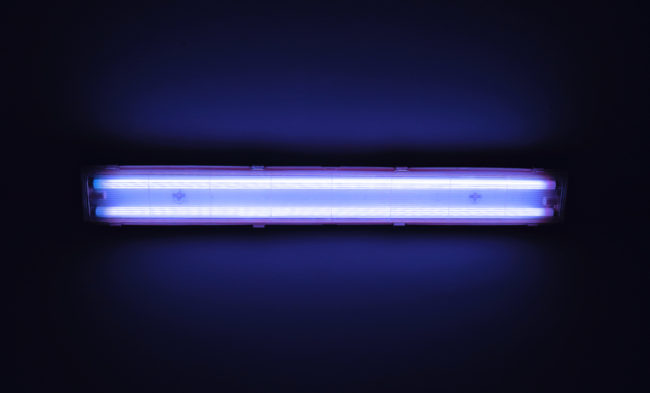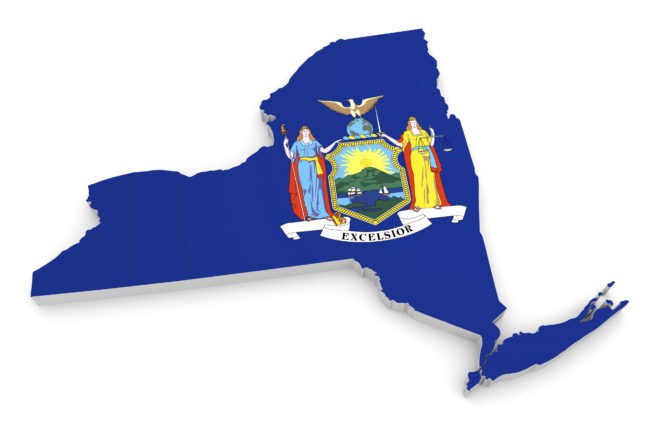New problems often necessitate new solutions. In the world of toxic torts and environmental liability, advances in remediation techniques are constantly being developed to alleviate the sometimes unavoidable, questionable, and/or nascent effects of innovation, manufacturing, and commerce. One emerging contaminant causing a stir is 1,4-dioxane — a flammable liquid with a variety of industrial applications, such as the manufacture of adhesives, sealants, and other chemicals. It is used in paint strippers, dyes, greases, varnishes and waxes, and it can be found in antifreeze, aircraft de-icing …
Continue Reading

